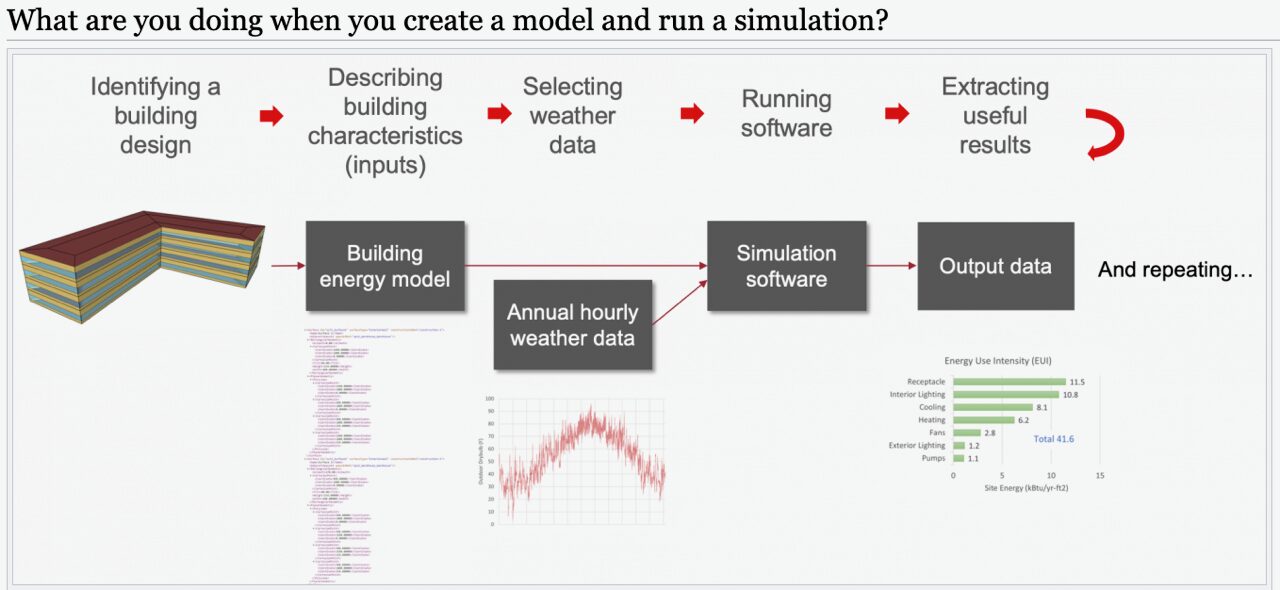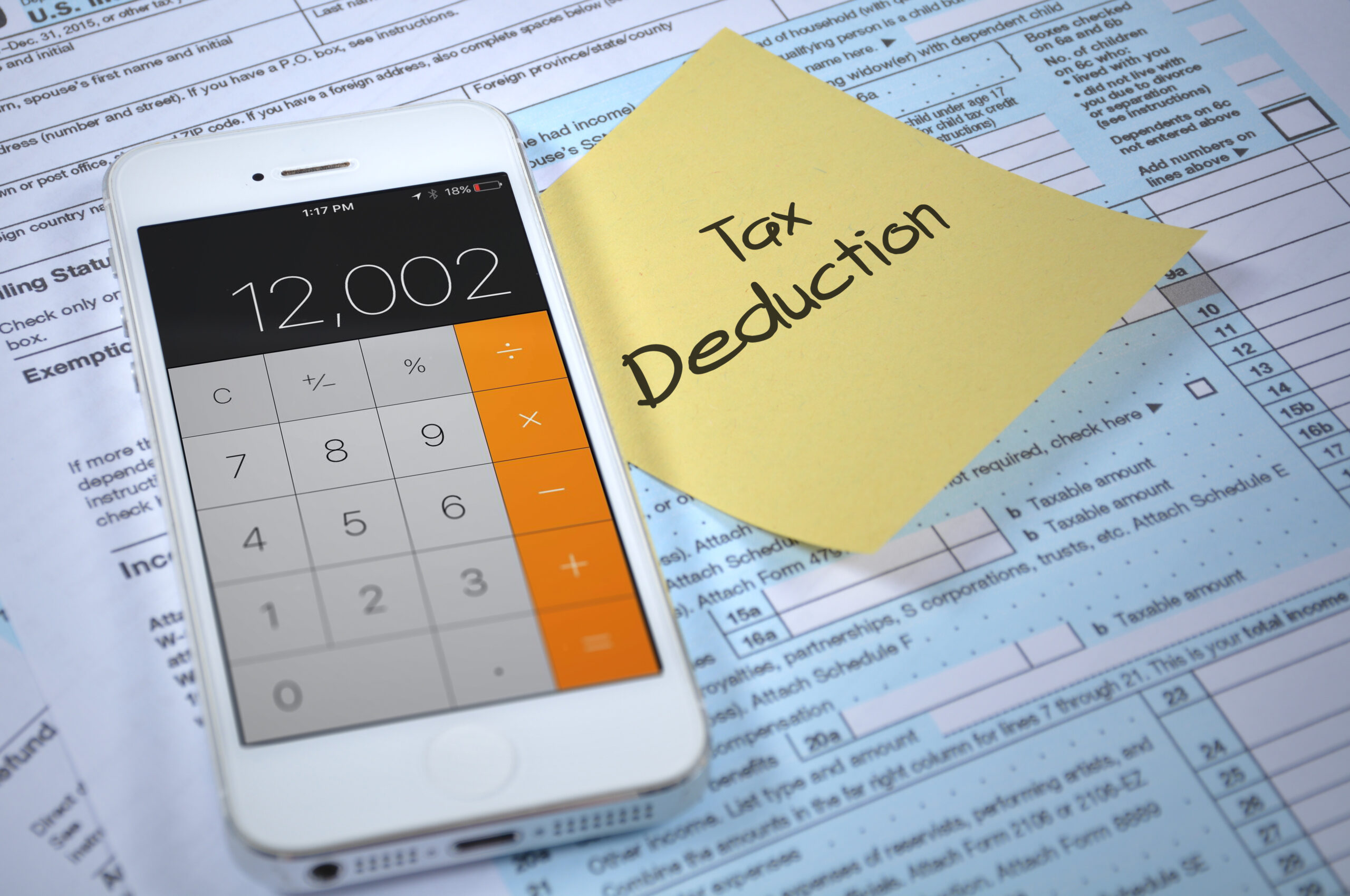How do you explain the benefits of energy modeling to clients?
-Modeling Marketer
Dear Modeling Marketer,
You’ve come to the right place. We, in the energy modeling community, feel very strongly about how powerful building simulation modeling is as a tool for analyzing projected building efficiency and operation, often used to evaluate best practice design-build options that lead to high-performance buildings. Let’s do the age-old comparison of a building to a car – when you go to purchase a vehicle, what is your best bet at confirming you’re making the right decision? Typically, you study all the vehicle’s features, compare them on paper, then test drive the car to ensure you feel comfortable and safe. This last step gives a better sense of how to control and maintain the car, and find out how it feels to operate it. You do your due diligence on what is a very expensive and important investment. How do we do the same with buildings that don’t yet exist? How do we “test-drive” renovations to an existing building? This is where energy modeling comes in. Clients can think of it as their building’s estimated mileage per gallon (MPG). In short, building energy modeling is essential to predict and plan any building project, whether new construction or retrofits and rehabilitations.

Some of the most common ways modeling is used today manifest during the design phase, to create 2D and 3D models of buildings to understand that feeling and aesthetic of how the building will look.
Even more powerful, building energy modeling allows project teams to not only better understand the look of the building/renovation scope, but also understand the functionality and future usage of the building, as well as the efficiency, much like the MPG of a car. This approach to simulating the performance of a building is so valuable that it has become a standard way of measuring and predicting building energy consumption. Results are often used to show compliance with building energy codes, local laws, and green-building/certification program standards. A few examples of this include the ENERGY STARⓇ certification program, USGBC’s LEED rating systems, HERS ratings, ASHRAE 90.1, utility energy efficiency incentive programs, and even federal tax credits like 45L.
These modeling examples begin to depict a landscape of scopes that can provide powerful services to clients. Clients often come to our company with a need or desire to comply with a certain certification or code standard, which has a modeling component embedded into it. Beyond modeling for compliance, we often offer iterative modeling services so that the process becomes part of the design development, informing the best practice design-build decisions that lead to better-performing buildings. For example, running parametric model iterations can compare several energy efficiency measure package options to inform what envelope design, MEP system type, and/or operations schedule might be best for the building and its energy goals. It’s important to note that, as with anything that doesn’t yet exist in reality, building energy models can have up to a 30% margin of error compared to future monitored building performance (this is mainly having to do with the variability and unknowns of how future occupants will behave in the building, amongst other factors). This is just as critical to caveat to clients, and why we as an industry are pushing for more post-occupancy building performance data, to better understand these margins and what factors contribute to them.
Whether for code compliance, certification, or incentive program pursual, at minimum, energy modeling firms typically offer three design phase energy models and one as-built energy model (to track and account for changes during construction and final building performance following verification and testing). Other services related to modeling include utility cost estimates and operational underwriting analysis, energy code compliance consulting (including performing COMcheck and REScheck), as well as detailed informative modeling services to do studies on potential electrification of systems, feasibility of achieving certain building standards, and other unique building energy modeling services as needed by clients.
Selling these services starts with understanding the client’s and project’s needs. From there, we can best determine the approach and scope for modeling that best fits those needs and give a project team the most powerful information for “test driving” their building’s performance ahead of time. The overall benefits of modeling services ensure the project is designed and built to achieve its operational goals specific to location, intended usage/occupancy, and functional lifespan. This modeling includes projecting future utility costs as well as properly sizing mechanical and renewable energy systems. Building energy modeling can even help design-build teams plan for very specific operational scenarios to get ahead on tricky use cases and more complex building systems, like heat recovery, ventilation energy recovery, and space-by-space heating/cooling load needs–similar to personalizing a car and testing its safety features. Additional benefits include successfully achieving certifications and procuring energy efficiency incentives/rebates, when available. If financing is a point of concern, it’s important to note that accessing funding (whether incentive, rebate, tax credit, or other) often more than covers the soft costs associated with engaging a building energy modeler/consultant.
With the ability to predict, simulate and “test-drive” energy reduction measures, building energy models are a reliable methodology to evaluate the impact of different design decisions. This ability to remove guess-work from the process helps with planning, budgeting and overall confidence in final decisions. After building an energy model simulation, when a client comes to us with a question relating to predicted building performance or operational cost, we’re well-equipped with the answer.

Carmel Pratt
New York Business Unit
bp-energy-modeling@
Want to join our team of experts answering questions? Click Here






